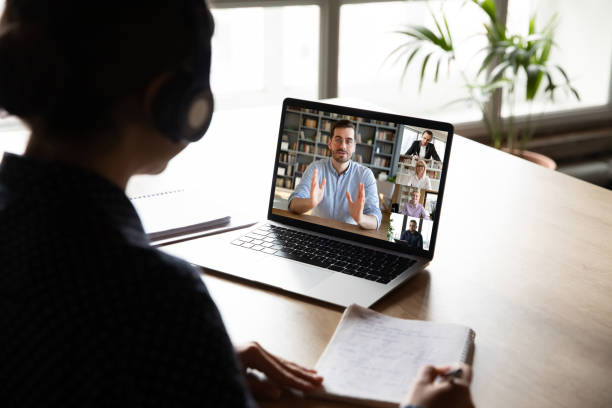
Virtual classes are no longer a new thing in the educational field since that is what every school and university has been following for the past two years. With the shift that a school management system has followed from holding in-school classes to videoconference ones over an LMS portal, the requirement for students and teachers has changed accordingly. They have a new thing to worry about, which is the reliability of the digital devices being used for attending and hosting these smart classes, and they also need to have a minimum technological awakening to operate them constantly.
Although an educational institution has provided enough training to teachers before they can hold online classes in full fledge, there are areas they have missed. The pandemic began with a great rush. People did not have enough time to fully cope with the situation. There was an urgency in the situation, with such conditions the immediate response was the only correct response. And this correct response involved basic training for teachers, with a continued one where they keep simultaneously teaching and attending online training classes to efficiently use all features of an LMS portal.
For the teachers still struggling with the online mode of education, here are some of the best virtual hacks to apply;
Take your time
As mentioned earlier, rushing through work only brings superficial knowledge and there is no attention to detail. teachers should know to take their time to learn about technology. Although time constraint is one of the biggest challenges they face, it is only through patience and time investment that makes an educator better with online technology. As long as you can get technical help from the school management system, and can rely on other experienced teachers to learn by taking virtual classes efficiently, you will be just fine!
Ask your students
You might be surprised to know that your students are more well acquainted with technology than you. Since they were born in the era of gadgets, growing up with newer forms of technology, and being active members of social media they get to know about all those fancy features of an LMS portal, which even some school staff members might not have been aware of.
You can always turn to them to familiarize yourself with all features they have been using, end except technical help when struck with something in between a class. Asking for help from your students once in a while is not unprofessional, remaining stuck with the problem while help was readily available is.
Test the features
Even teachers dislike making a fool of themselves when they try out something new or exciting with the virtual portals and fail. this can happen if an educator does not test out their ideas practically by demonstrating them to themselves first before holding the class. If you are a paranoid teacher who wants to see how they look while attending a class, and presenting other detail, you can try testing out the features to boost your confidence and compose yourself better.
Have backup plans
Having backup plans is very common for educators, mostly because of anxiety that their eventual plan of demonstrating a lesson will not work out. For some, it might seem entirely useless because professional teachers are trained to respond spontaneously. However, with technology one can never be sure!
For instance, if students are having connectivity issues, having a backup podcast pre-recorded version of the lesson can help teachers by not holding the class in real-time but by uploading the podcast which students can access right then or later when the connectivity situation improves.
Don’t use offline lesson plans
An online lesson has completely different activities and functions from that of an offline one. In a traditional class, teachers are used to having a face-to-face conversation with students where they can use gestures to convey information, and they can observe student reactions to ensure which child is paying attention. The same tactics and strategies are not going to work in online classes because most of the time your students are not paying attention to your gestures, but to the reading material being presented.
Similarly, looking at everyone’s face at one point in time is not possible with convenience as it would have been in a traditional class. In this case, the teacher can use the method of asking questions constantly to make sure that at least some of the students respond, which will alert others in case they were not focusing.
